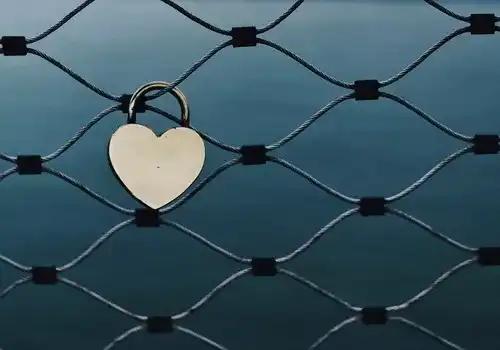Examine The Attachment Style Of Others
Attachment is fundamentally a science of relationships. Yes, we want to know more about ourselves, but we also want to influence those we care about to feel emotionally safe in their relationship with us.
So, once you feel like you understand your own attachment behaviours, start looking to those around you to more fully understand why they behave the way they do in their close relationships.
29
131 reads
CURATED FROM
IDEAS CURATED BY
Creator. Unapologetic student. Lifelong coffee ninja. Internet nerd. Bacon lover.
All about Attachment styles.
“
The idea is part of this collection:
Learn more about loveandrelationships with this collection
How to create a positive work environment
Conflict resolution strategies
Effective communication in the workplace
Related collections
Similar ideas to Examine The Attachment Style Of Others
Ambivalent or Anxious Attachment Style
It’s likely your parent or primary caregiver was inconsistent in their parenting style, sometimes engaged and responsive to your needs as an infant, other times unavailable or distracted.
People with an ambivalent attachment style tend to be overly needy:
- You may find it diffi...
Boundaries in Relationships and Stress
Boundaries can be described as how emotionally close you let people get to you. They are also where you draw the line within a relationship. They say how much you are willing to give or take before requiring that things change or deciding to call it quits.
Setting healthy ...
Deep Empathy For Others
Those who inspire us to be better are able to experience empathy, and they openly affirm their capacity to understand our personal stories.
They don’t overprotect us, but they validate and appreciate who we are, which makes us feel safe to be more authentic and to keep imp...
Read & Learn
20x Faster
without
deepstash
with
deepstash
with
deepstash
Personalized microlearning
—
100+ Learning Journeys
—
Access to 200,000+ ideas
—
Access to the mobile app
—
Unlimited idea saving
—
—
Unlimited history
—
—
Unlimited listening to ideas
—
—
Downloading & offline access
—
—
Supercharge your mind with one idea per day
Enter your email and spend 1 minute every day to learn something new.
I agree to receive email updates


